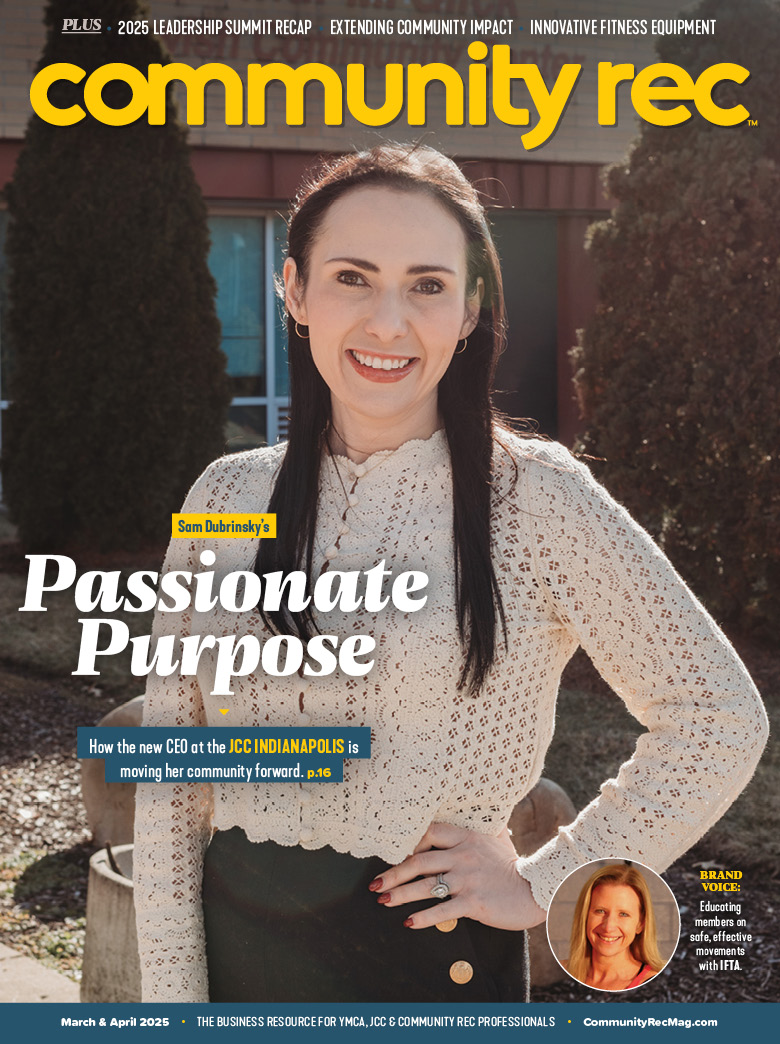In this six-part, weekly series, Gary Bernstein, the CEO of the Jewish Community Alliance of Northeastern Pennsylvania, outlines and discusses the various and important roles the board and staff play in nonprofit organizations.
Last week we introduced the series, “Board and Leadership Roles in Nonprofit.” This week we cover the key function areas in nonprofit organizations.
Nonprofit agencies should place a high value on the support and participation by its members and clients. Nonprofit organizations are mandated to operate an open management system, which is governed by its members. Organizations depend upon its members for input and support, so most work with clients in a collaborative and cooperative manner.
The nonprofit agency is also grounded in a dedication to community service. Many organizations recognize their significant role in strengthening individuals, families and communities through their efforts.
Therefore, many people are involved in critical strategic planning and making the organization succeed. The following section lists several key positions in nonprofit organizations.
Members and Clients
From the beginning, your members and clients will be the most important group of people you interact with. When starting out, you will want to conduct market research to figure out what your clients want from your organization. You will then be able to provide them with these services.
Programs, services and activities in nonprofit organizations are ultimately directed to serving clients. Clients are the consumers, members, stakeholders or customers of the nonprofit organization.
Board of Directors and Their Role in Governance
The concept of “governance” is not new. Simply put governance means the process of decision-making and the process by which decisions are implemented or not implemented. A nonprofit organization is born out of the group’s desire to solve a problem, meet a need or create new opportunities.
The board is made up of individuals who are elected by the members of the organization typically at the group’s annual board meeting for multiple-year terms of service. Not all organizations practice this but should operate on a rotating system so only a portion of the directors is up for election each year.
When recruiting members for your board, you will want them to have an interest in the agency mission, be able to provide time and energy, and have useful expertise. For example, legal services, knowledge of finances and fundraising. The board is comprised of individuals from the community and, ideally, is representative of the organization’s clients. It is often said the volunteer board sets policies and procedures, and the paid staff carry them out. The board governs to meet the organization’s mission. Members of nonprofit boards are generally motivated by a desire to serve the community and the personal satisfaction of volunteering.
Board Chair
The person holding this office is typically elected or appointed by the members of the group. The board chair presides over all meetings of the assembled group and conducts its business in an orderly fashion. The chair’s role may have appointive power for committees, depending on what is specified about this role in the bylaws. The power of the board chair is usually through persuasion and general leadership.
David Sorkin, retired executive director of the Alan & Joan Bernikow Jewish Community Center in Staten Island, New York said one of the most important responsibilities of the executive director is the development of capable volunteer leaders who can fill the role of board chair. “Having a high-quality board chair often makes the difference between a mediocre board term and one that actualizes the organizations mission, vision and strategic plan set forth by the board,” said Sorkin. “The ideal board chair is an experienced leader, a creative thinker and a great listener. They must possess excellent negotiation and strategic thinking skills and most importunately, understand the mission and vision of the organization. It is also very important the board chair have far reaching connections in the sectors that are important to the agency – political, foundations, educational and social services.”
Executive Director
Serving at the pleasure of the board, the executive director is the chief executive officer (CEO) for the organization. He or she is responsible for overseeing the day-to-day operations and implementing such policies as may be adopted by the board. This includes operating the organization in a fiscally responsible way, and to develop membership strategies to attract new members and retain existing ones. The board typically chooses to have this one person who is ultimately responsible to carry out the wishes of the board.
An executive director of a nonprofit agency wears a lot of different hats. They are a master in speaking many different languages. For example, communicating with the roofer, builder, entrepreneur, attorney, accountant, auditor and the stay-at-home mom or dad. The buck always stops with the CEO. In a day in the life of a nonprofit leader, he or she could be coaching a new staffer about how to work with a committee of volunteers, leading an orientation and training session for summer camp and pool staff, giving a motivational speech to a group of businessmen at a local Rotary meeting, or overseeing and supervising the agency’s efforts in a major fundraising effort. The common thread that runs through each one of these gratifying yet challenging tasks is having the ability to relate to everyone all in a positive, open and sensitive fashion.
Volunteers
Volunteers are unpaid personnel who assist staff and serve on various committees. When volunteering in a nonprofit organization, it is easy to find a reason in changing the world and making a difference. A prime example would be when communities are ravaged by storms, tornados and other natural tragedies; many nonprofits rally and turn their attention to helping those who are affected by these disasters.
The nonprofit organization often requires the valuable assistance of volunteers to offer their unpaid time and dedication to support the cause of the organization. Volunteering is generally considered a generous and unselfish activity, intended to improve the quality of life, but people also volunteer for their own skill development, to meet others, to make contacts for possible employment, to have fun and for a variety of other reasons.
Next in the series, we will discuss “The Formal Role of the Board of Directors in Nonprofit Organizations.”










